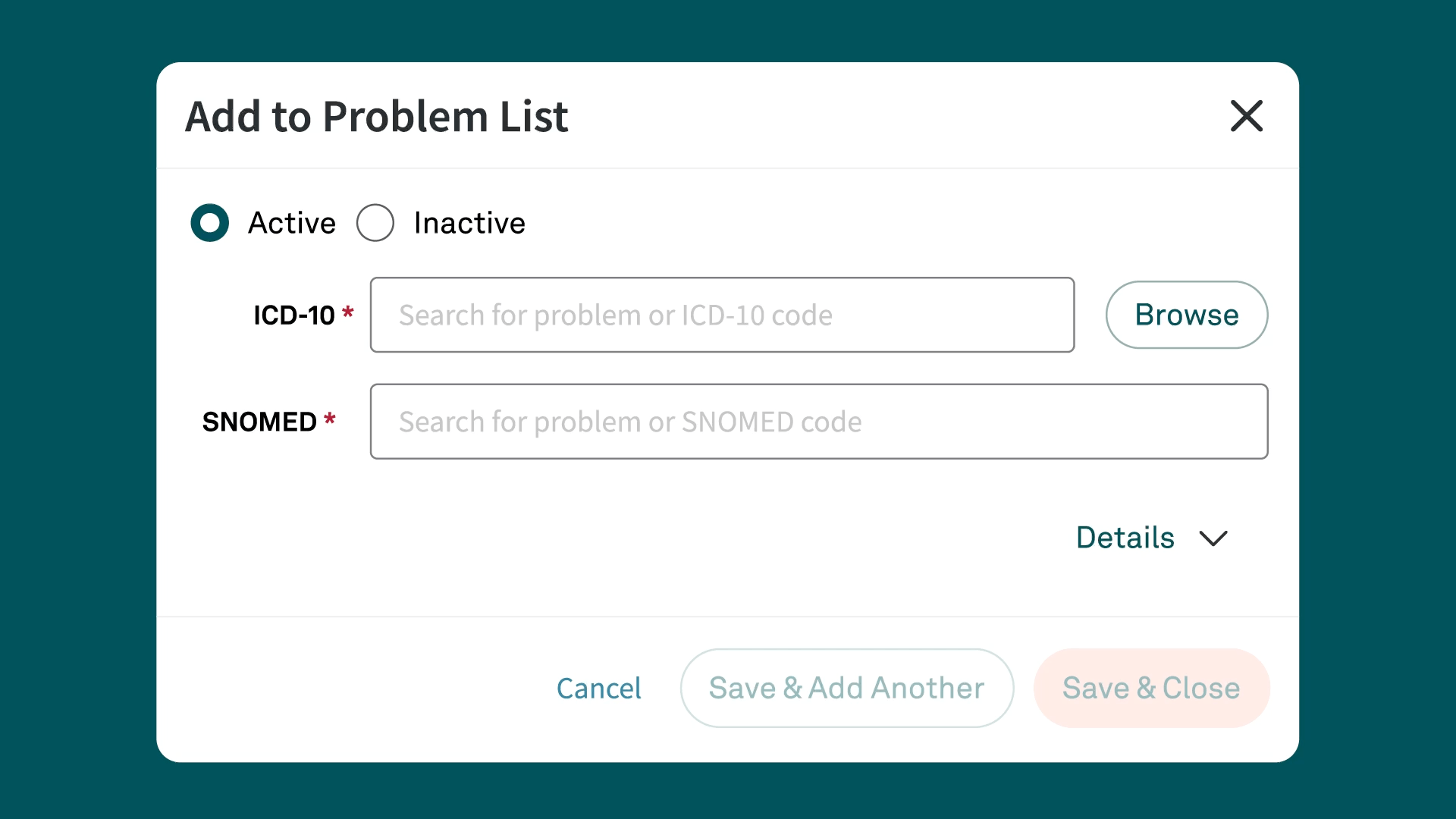ICD-10 Code R53.1
Weakness
What is the code R53.1?
ICD-10-CM code R53.1 stands for “weakness." This code is used to indicate a general state of weakness in a patient. It is a symptom code, meaning it is used to report the presence of a symptom rather than a definitive diagnosis.
Download your free resource now
Access it instantly — just complete the form

Detailed description of R53.1
The ICD-10 code R53.1 represents a condition where a patient experiences a generalized weakness. This weakness is not attributed to a specific disease but is a symptom that can arise from various medical conditions. Weakness, as coded by R53.1, can manifest in different forms, ranging from mild fatigue to severe debilitation, and can affect any part of the body. It is often used in clinical settings to document a patient's complaint of feeling weak when the underlying cause has not yet been determined.
Symptoms commonly associated with R53.1
Symptoms commonly associated with R53.1 include:
- Lack of energy
- Difficulty performing daily activities
- Feeling of heaviness in limbs
- Reduced physical endurance
Patients may report an overall sense of tiredness and an inability to carry out normal tasks without experiencing fatigue. It is important for healthcare providers to assess these symptoms comprehensively to rule out underlying conditions that may be causing the weakness.
Related and similar ICD-10 codes
Several ICD-10 codes are related or similar to R53.1, and these include:
- R53.0: Neoplastic (malignant) related fatigue
- R53.2: Functional quadriplegia
- R53.8: Other malaise and fatigue
- R53.81: Other malaise
- R53.83: Other fatigue
Each of these codes specifies different types or causes of fatigue and weakness, which can help in narrowing down the diagnosis and providing appropriate treatment.
Appropriate usage and guidelines for R53.1
When using the ICD-10 code R53.1, it is important to follow specific guidelines to ensure accurate coding:
- Assessment documentation: Ensure that the symptom of weakness is clearly documented in the patient's medical record.
- Rule out other conditions: Use R53.1 only when the weakness cannot be attributed to a specific diagnosis. If a cause is identified, use the appropriate code for that condition.
- Symptom code usage: R53.1 is typically used as a secondary code to provide additional information about a patient's condition. It should not be the primary diagnosis unless no other diagnosis is applicable.
Common pitfalls in coding with R53.1
Common pitfalls in coding with R53.1 include:
- Using R53.1 as a primary diagnosis: This code should not be used as the primary diagnosis if a more specific condition causing the weakness can be identified.
- Incomplete documentation: Failure to thoroughly document the patient's symptoms and any associated findings can lead to inaccurate coding.
- Ignoring guidelines: Not adhering to coding guidelines and principles can result in improper use of R53.1, which may affect reimbursement and patient care.
Key resources for R53.1 coding
Key resources for coding R53.1 include:
- ICD-10-CM Official Guidelines for Coding and Reporting: These guidelines provide comprehensive instructions for using ICD-10 codes.
- Centers for Medicare & Medicaid Services (CMS): CMS offers a wealth of resources and updates on coding practices, including webinars, manuals, and bulletins.
- Professional coding organizations: Organizations like the American Health Information Management Association (AHIMA) and the American Academy of Professional Coders (AAPC) offer educational resources, certifications, and support for medical coders.
- Coding reference books and software: Reference materials such as the ICD-10-CM codebook can support medical coders and providers.
These resources provide detailed instructions and updates on coding standards and practices.
Conclusion
ICD-10 code R53.1 is used to denote general weakness in a patient, a symptom that can arise from various underlying conditions. Accurate documentation and adherence to coding guidelines ensure proper use. By understanding the criteria and common pitfalls associated with R53.1, healthcare providers and medical coders can ensure accurate coding, which contributes to effective patient care management and appropriate reimbursement.
Simplify ICD-10 code documentation with Tebra
Tebra’s EHR+ gives you quick searches and Systematized Nomenclature of Medicine (SNOMED) field names for efficient code documentation. Plus, Tebra automatically saves ICD-10 to SNOMED mapping for future searches, streamlining your workflow.

Discover how Tebra helps providers effortlessly document health-related issues and conditions in this detailed post.
Similar Codes
Stay Ahead with Expert Healthcare & Billing Insights
Get the latest industry updates, financial tips, and expert strategies — delivered straight to your inbox.


